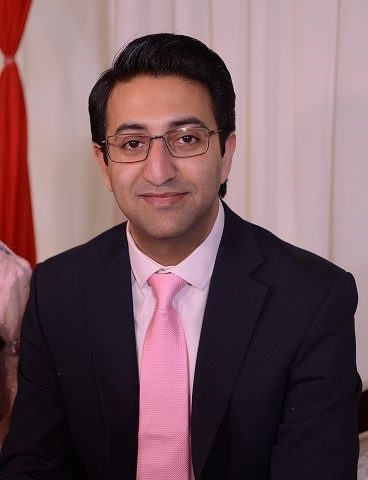Date published: 14/08/18

Microwave Imaging for Early Breast Cancer Detection
- Name: Ahmed Faraz
- Current Organisation: University of Bradford
In May, Translate opened its summer student project scheme to support small medical technology development projects in the Leeds City Region. The scheme proved to be a massive success and 26 unique projects were funded. Learn more about their work in this blog.
Breast cancer in the UK
My name is Ahmed Faraz I am a PhD student at University of Bradford. My project is to develop a prototype for early breast cancer detection using microwaves. Breast cancer is one of the most common causes of death in women above 50.
In the UK, about 48,000 women are diagnosed every year and breast cancer caused 11,716 deaths in 2012. The number of women affected by breast cancer has risen by 12 % in last decade, and research has demonstrated how early detection helps cure the disease before it can cause serious harm.
Microwave imaging has proven to have strong diagnostic capabilities in several areas, including industrial and civil engineering applications such as non-destructive testing and evaluation, geophysical prospecting, and medical engineering.
In past decades, extensive research has been performed on the use of microwaves as medical diagnostic tool. In microwaves diagnostics, dielectric properties of the tissues are observed when exposed to microwave radiations. Studies show that malignant tissues have dielectric properties much different to normal tissue, and our project focuses on how these properties affect the penetration of microwave radiations and how this can be used in the more accurate detection of small tumours.
The aim of our project is to develop a sensor that satisfies the requirements of microwave imaging applications (i.e. operates between 3.1 to 10.6GHz, small size and matched to 50Ω load). Simulated and practical testing with homogenous breast phantoms will then be performed on the designed sensor and a data acquisition technique will be devised to collect data, which will be processed by an imaging algorithm to generate 2D images of the breast phantom for visualizing the breast cancer.







